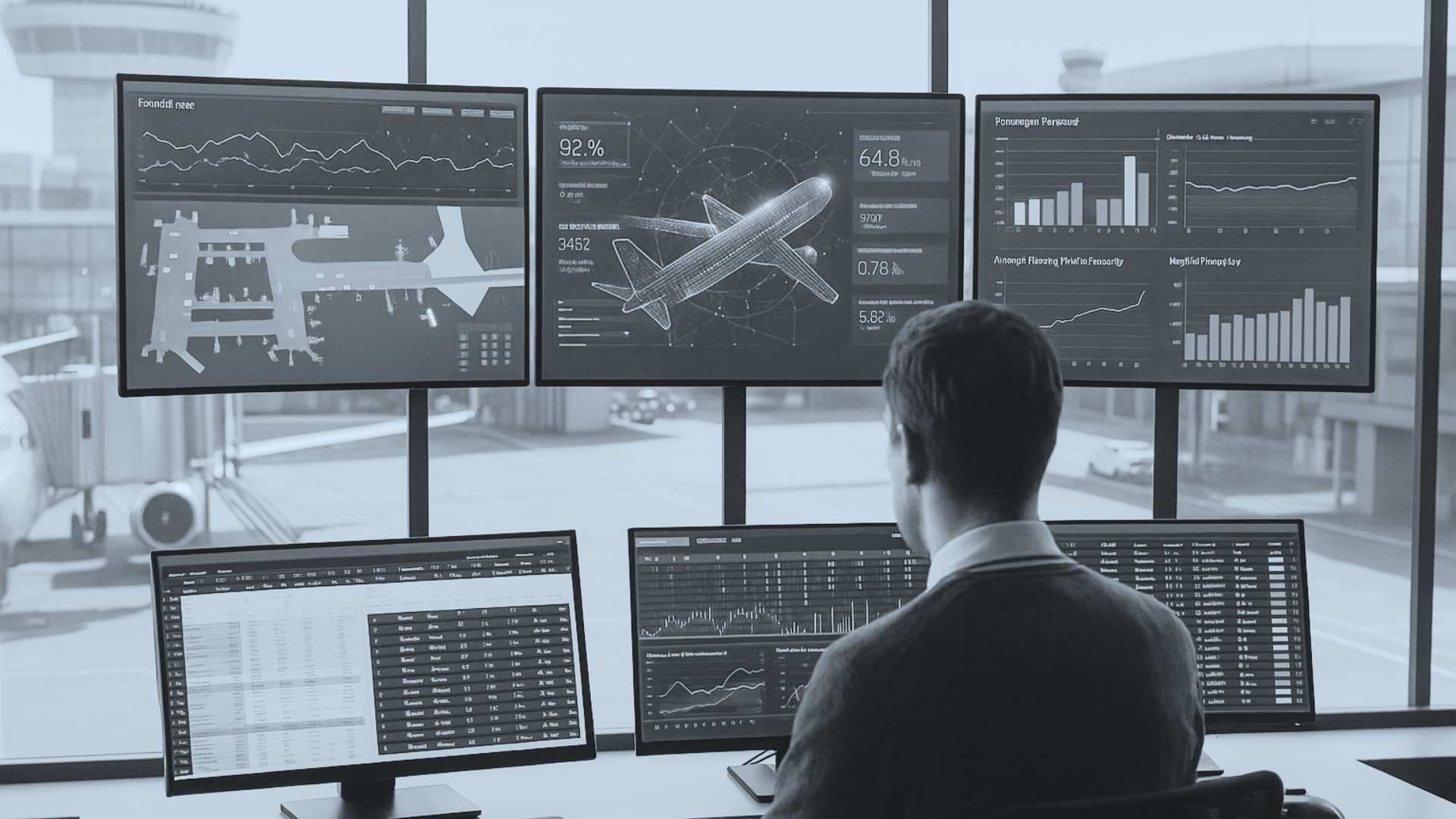Every inch of the airport’s capacity is essential, and efficient gate management is a key component of this puzzle. In this shortened version of our comprehensive guide, “Optimizing gate management for better airport operations,” we’ll dive into three critical takeaways that can transform airport operations.
The number of passengers continues to increase, and airports around the world must act to accommodate the rising aviation demand.
1: Managing resource availability
A common cause of delays is a lack of resources for turnaround tasks. Simply adding more staff and equipment is not a sustainable solution. Instead, a comprehensive overview of available resources, coupled with centralized gate management, becomes paramount. This approach ensures that the right resources and skills are in the right place at the right time, minimizing delays and optimizing efficiency.
2: Reconsidering the airport's role
Traditionally, airports provide infrastructure while airlines manage specific piers or terminals. Shifting this paradigm allows airports to be more active in stand and gate management. By centralizing operations, the airport gains access to crucial data, enabling better planning and future-proofing. This shift also opens the door to converting reserved areas into common-use spaces, enhancing flexibility and overall airport capacity.
3: Combatting capacity constraints
Airports often encounter capacity constraints during specific peaks and struggle to allocate aircraft efficiently. While expansion may seem like an obvious solution, exorbitant costs make it impractical. Instead, airports should explore alternatives such as maximizing the use of existing apron areas and reevaluating legacy airline agreements by considering new approaches to stand allocation.





